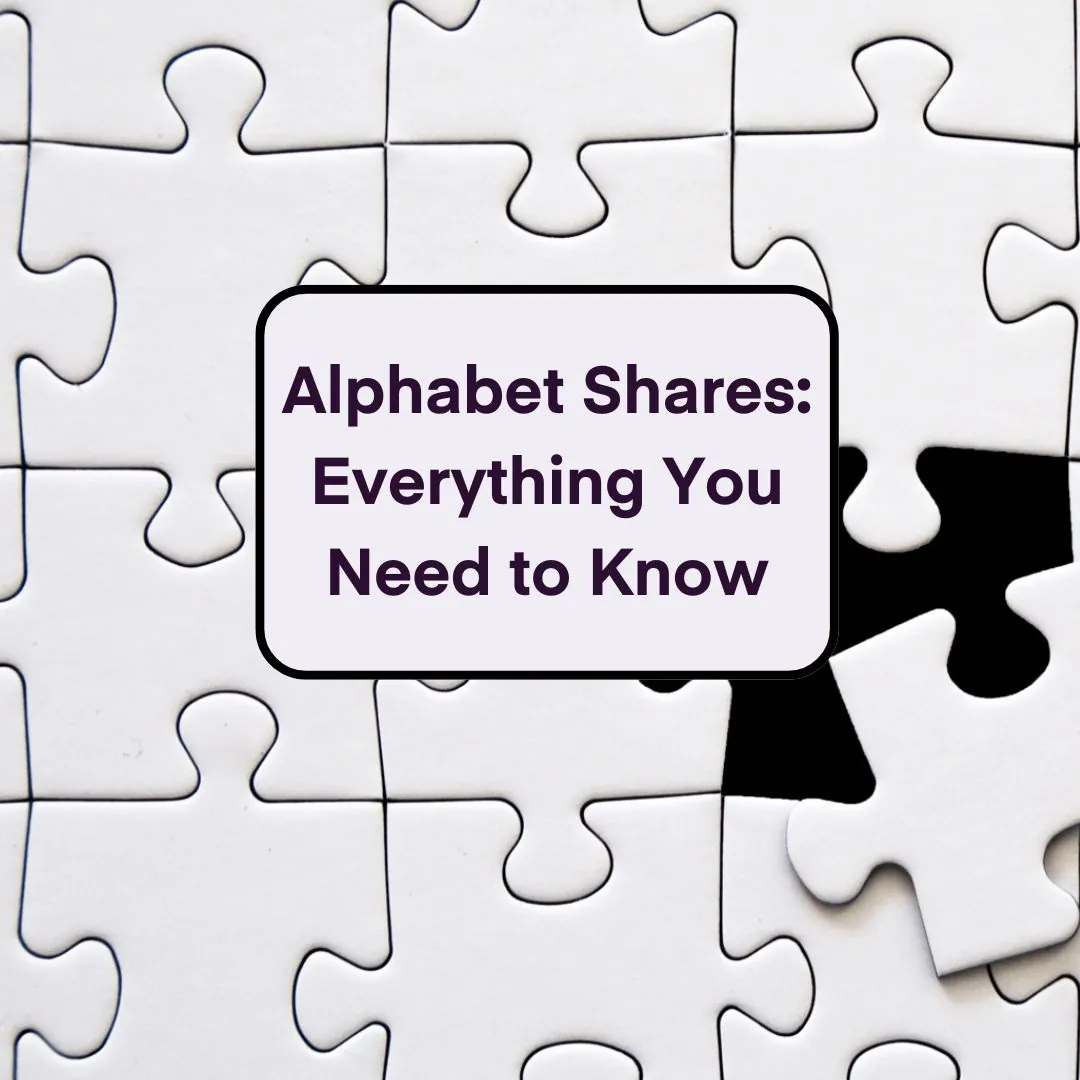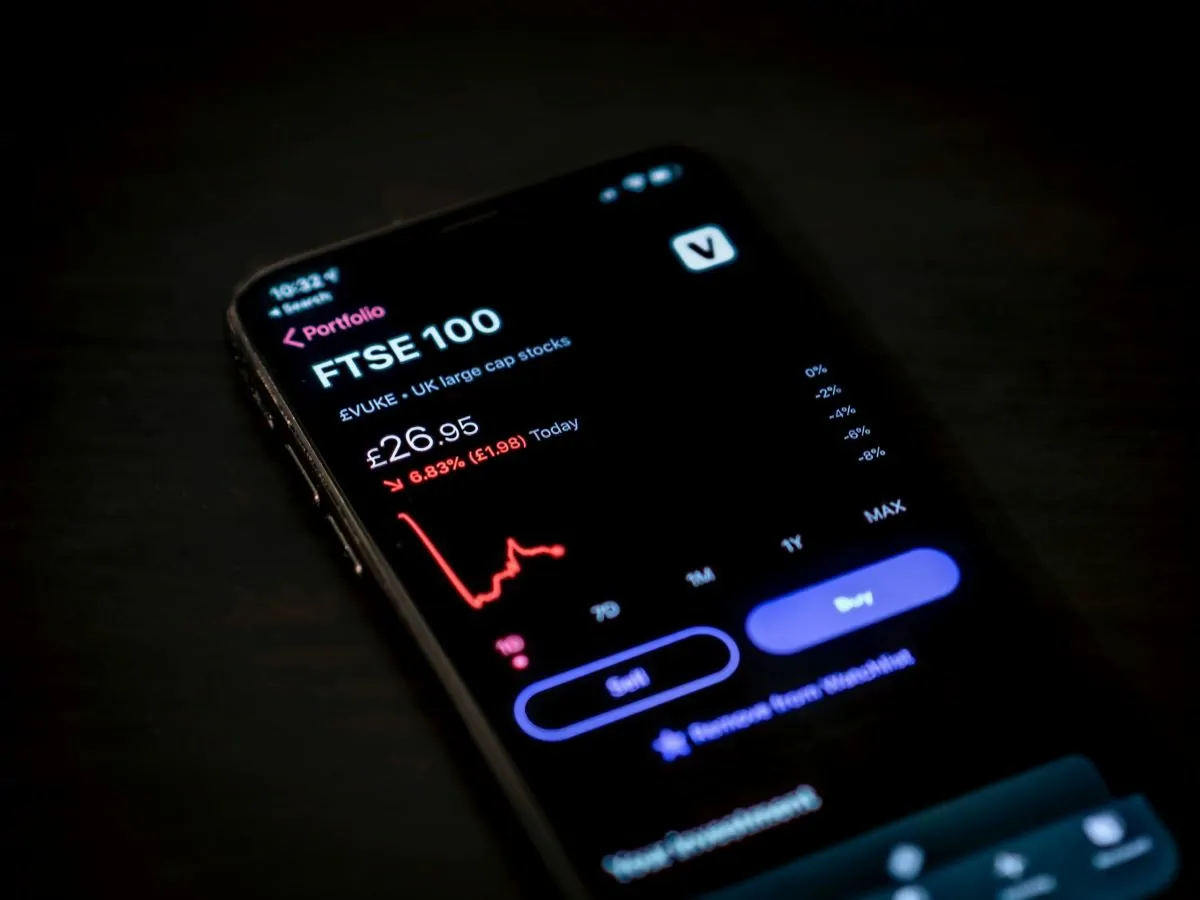
Date of registration for VAT
5 Nov 2022The Government requires every business with a turnover above a certain level (currently £85,000) to charge customers Value Added Tax (VAT), collect the tax and pay the full amount to HMRC.
By law, your business must be VAT-registered to charge and collect that tax - and it must be registered by the correct date.
You can also register your business voluntarily for VAT, if you feel that you may be able to benefit.
This article explains the procedure for identifying the correct date for VAT registration and describes the process for registering. It also outlines the potential benefits of voluntary registration.
When registration is required
HMRC sets a number of requirements for VAT registration:
-
Your total turnover subject to VAT for the last 12 months was over the current VAT threshold of £85,000.
-
You forecast that your turnover for a 12-month period will go over £85,000 in the next 30 days.
-
You take over another business and the combined turnover is, or will be, over £85,000 – either in the previous 12 months or in the next 30 days.
-
You take over a business that is already VAT-registered. You must register your own business.
-
Your business is based outside and you supply goods or services to the UK, or expect to supply them in the next 30 days.
Three important points to remember:
-
Turnover includes goods and services.
-
Not all turnover is subject to VAT; some of your turnover may be exempt.
-
The 12-month period is a ‘rolling period’; it is not based on the tax year or your own accounting year.
Identifying VAT liability
VAT 12-month rule example - If you realised that your VAT-taxable turnover was £92,000 between 5th May 2021 and 4th May 2022, you would have to register for VAT.
VAT 30-day rule example – If your average monthly turnover for 2021 and 2022 is £6000, but you make a major sale of £20,000 that will be due for payment at the end of November, that figure will take your turnover rolling over the 12-month turnover over the VAT threshold. You will then have to register.
Calculating VAT-rated turnover
When turnover exceeds the threshold, VAT applies to all goods and services that you sell, apart from those that are exempt. The Government publishes a list of exempt goods and services.
Turnover includes:
-
VAT-rated goods and services
-
Zero-rated goods or services
-
Goods that customers take on hire or on loan
-
Business goods you use for personal reasons
If everything you sell is exempt from VAT, you do not have to register for VAT.
Date of registration
If you exceeded the threshold in the last 12 months, you have to register within 30 days of the end of the month when you went over the threshold. The date of registration is the first day of the second month after you go over the threshold.
In the earlier example, you exceeded the threshold on 4th May 2022. You must register by the end of June 2022 and the effective date of registration is 1st July 2022.
If you expect to exceed the threshold in the next 30 days, you have to register by the end of that 30-day period. However, the effective date of registration is the date you realised that you would exceed the threshold, not the date your turnover will go over the threshold.
In the earlier example, you will exceed the threshold at the end of November 2022. You must register by 30th November 2022 and the effective date of registration is 1st November 2022.
Impact of date of registration
The effective date of registration is the point at which VAT applies to your business. If your effective date of registration is 1st July 2022, you must issue invoices that show your VAT number and include any VAT due from that date.
You must also begin to collect any VAT due from that date and pay HMRC the correct amount.
Registration delays or late registration
Although you apply for registration at the correct time, your application may take some time to process and you may not receive your VAT number for several weeks after the effective date of registration.
Your VAT registration certificate should normally arrive within 30 working days, but can take longer.
However, you are still required to charge, collect and pay VAT from the effective date, so you may have to backdate some of your early VAT invoices.
Similar conditions apply if your registration is late. You must charge, collect and pay VAT from the effective when you should have registered. You may also incur a penalty for late registration.
Related: VAT in the food industry
Registration process
You can register for VAT online using your Government Gateway account.
You can also ask your accountant or tax adviser to register your business and deal with HMRC on your behalf.
Certain businesses cannot register online. Instead, they must download form VAT1 and return it by post. This applies to businesses:
-
Applying for a registration exemption.
-
Using separate VAT numbers to register different parts of the business.
VAT documentation
When you register, HMRC will send a VAT registration certificate which will provide the following information:
-
Your VAT number
-
When to submit your first VAT return and payment
-
Your effective date of registration.
From your effective date of registration, you’ll need to:
-
Charge VAT correctly
-
Pay any VAT that’s due
-
submit VAT returns
-
Keep VAT records and use a VAT account
Keeping VAT records
You must keep accurate records of all VAT-related transactions – buying or selling.
If you want to reclaim VAT on purchases, you must have valid VAT invoices from the suppliers to support your claim.
You must keep all relevant sales invoices and purchase receipts for a minimum of 6 years.
Deregistering from VAT
Once registered you can ask HMRC to cancel your registration if your vatable turnover falls below the deregistration threshold (2017/18: £83,000).
Related: How to avoid VAT when buying a van for business
Temporary VAT registration
You can apply for a registration exception if your VAT-rated turnover only goes over the threshold temporarily. For example, unusually high seasonal sales may impact turnover for two months.
To apply, write to HMRC and include evidence that shows why you believe your VAT taxable turnover will not exceed the deregistration threshold of £83,000 in the next 12 months. HMRC will decide to either grant the exception or register your business for VAT.
Voluntary registration
If your turnover exceeds or will exceed the VAT threshold of £85,000, you must register by law. However, you can also apply for voluntary VAT registration.
This means that you can reclaim VAT on any VAT-rated purchases you make. If you pay more VAT on purchases than you collect from VAT on sales, this can provide an overall saving.
However, VAT registration requires additional time-consuming administration and, on some occasions, you may not make the intended savings if sales increase. So, it’s essential to take a long-term view before considering voluntary registration.
Related: Is there VAT on postage?
Professional support
VAT registration and administration can be complex and time consuming. If you would like advice on registration or practical help with the VAT return process, our experienced small business accountants can help. Please contact one of our tax accountants at info@accountsandlegal.co.uk.























